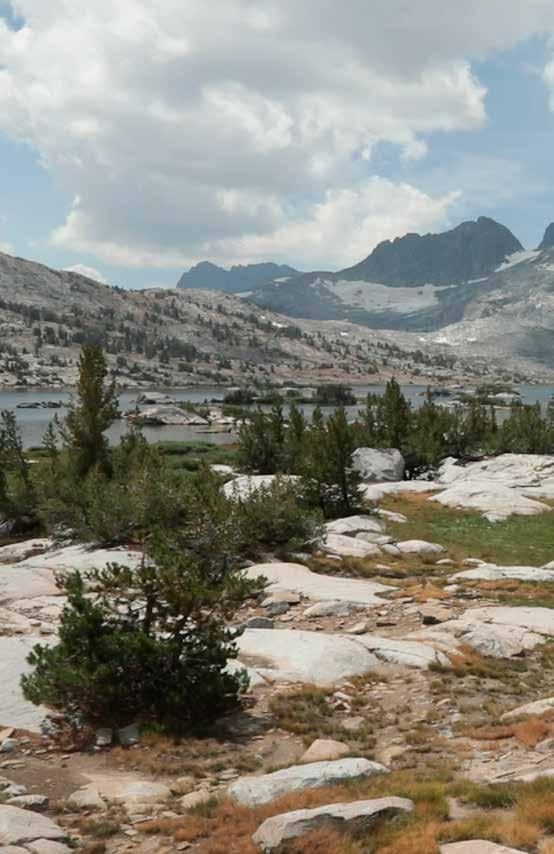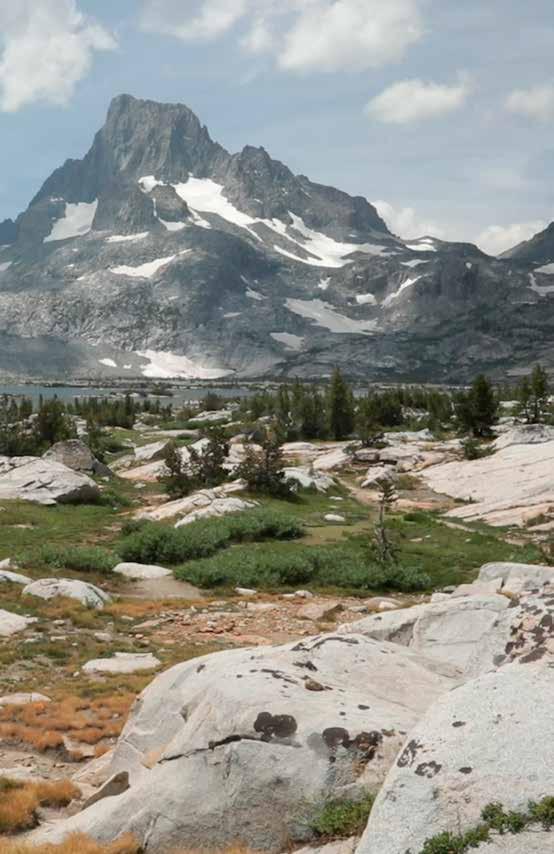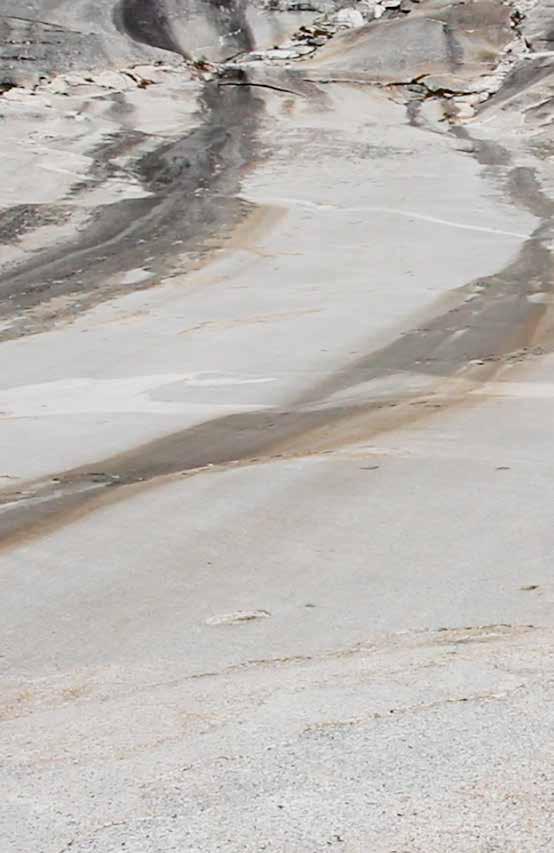
2 minute read
A Note About Sand Story
This journal traces the geological thread of sand, back in time and from source to sea, to make a deepmap of the San Franciscan sandshed. This map is made with words. It shares my understanding of the sand-cycle and the processes, people, and places that are involved & entangled with the journey of sand as it makes its way to 1 small stretch of California coastline.
Sand is a language lost to the built environment. What lies within the poured liquid strata of concrete, this vague-ish grey geological layer that covers a city that was once a rolling range of sand dunes - from Ocean Beach to the Financial District?
Advertisement
Along the way you will find Geopathic Tendenciesa series of suggestions for ways to move, sense & embody in relation to geological processes -geopathic mimicry as an attempt to build geological empathy.
You’re invited to enact each Geopathic Tendency in your own time. Some are long - maybe you can make an audio recording of these instructions - so you can close your eyes, listen, and follow along presently.
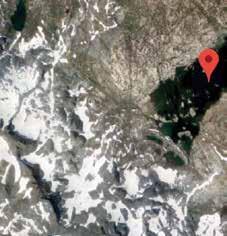
Visit the headwaters of a river that you know (via google earth)
Have a look around & print out some pictures (10-100+) of the rocks, hills, land, & mountains around the headwaters.
Close your eyes to see that this big place erodes slowly & the river carries it.
Cut the photos into confetti somehow, throw the bits forth.
Let it flow & fall all around your living room. Let it eddy & swirl for one week.
What patterns & movements do you notice?
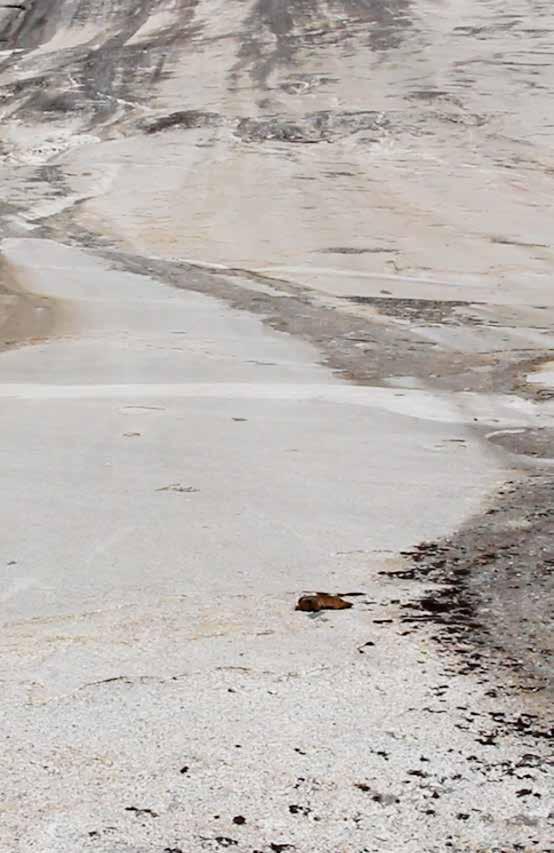
The snow melts all summer in cascading rivers and waterfalls -- running tears down the mountains in the Ritter Range, as they’re map-named now. The snow melts just before winter comes again -- slow granite transforming and morphing at the million year scale by other slow-forced companions.
Trees break apart rock at the roots, growing steadily, weakening walls. The lichen assemblages disintegrate stone, while water and ice create fissures, cracks, crumbles, tumbling landslides of boulders, and rocks, ground to stone, to pebbles, to sand, to clay, to silt, to an atmosperic condition.
All this melting and wearing away at stone, from here it is like a parking lot or polished countertops or really, in truth, it is like a mountain and those other things try their hardest at emulating the original. Copies. Loss of granited information with each polishing pass.
Erosion patterns emerge as the strata turns to sand. Granite smoothed, shimmered, slivered by millions of years, marked by crumbles of boulders, cascades of land, sedimented bit by bit to the river - the headwaters.
Banner Peak is the one in the range that looks quintessentially mountainish - triangular and prominent. Its speckled granite walls glossed with summer snowmelt rivuleting down into a meadow - an array of marshy islands in miniature.
Small pods of earth, moss, meadow grass, and wildflowers, bisected by streams of seasonal water, converge into a few larger creeks and waterfalls, unifying eventually into a release at Thousand Island Lake in California’s Sierra Nevada Mountains.
The air here is thin. At night, I sleep on the bed of soil and minerals that mountains made.
